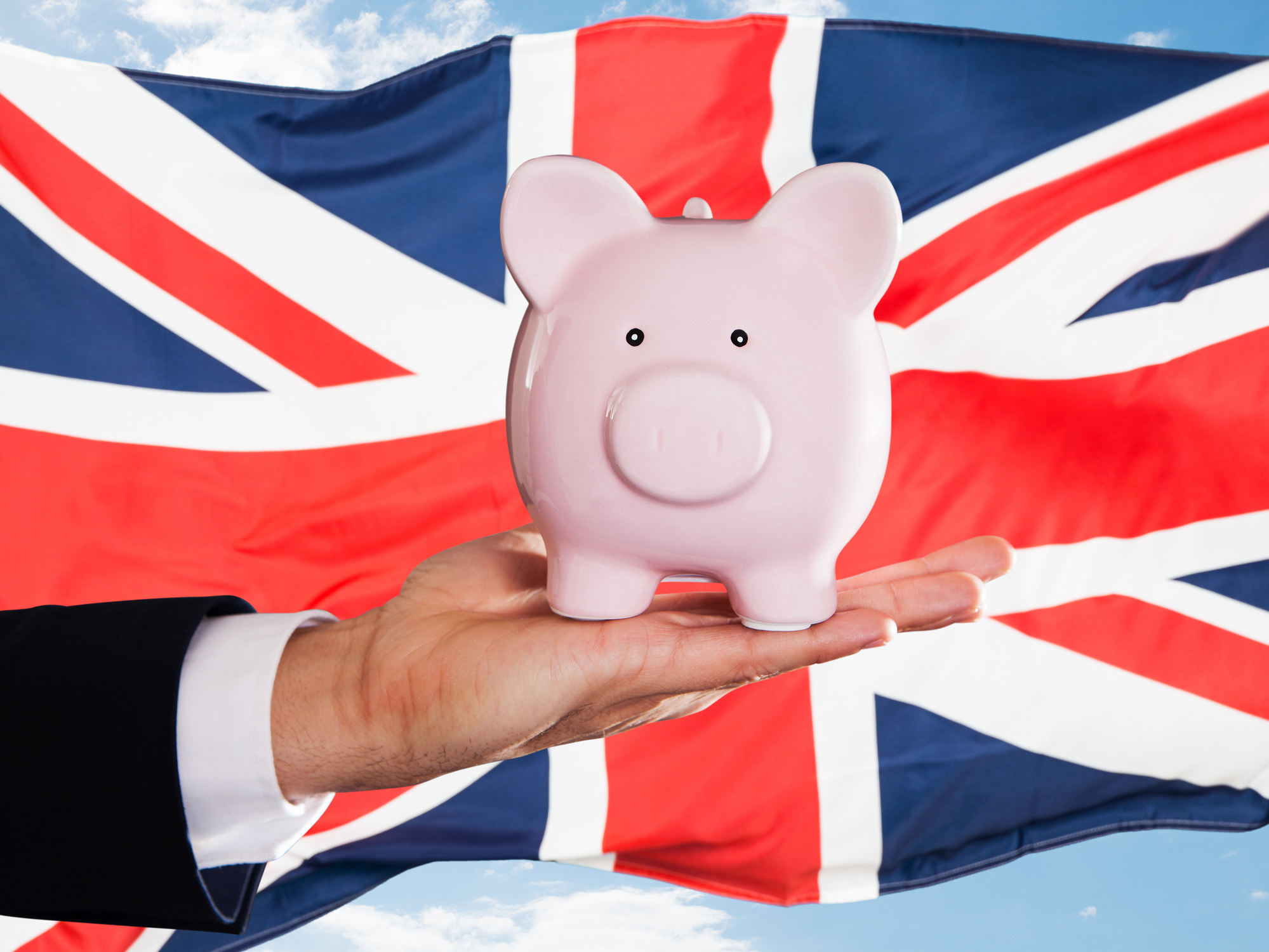NS&I launches more British Savings Bonds – are they any good?
NS&I has shaken up its British Savings Bonds offer, with four new accounts plus rate increases to existing products. But are they competitive?


National Savings and Investment (NS&I) has launched new two-year and five-year fixed-term British Savings Bonds for the first time in 15 years. It has also hiked the rate on its existing three-year fixed bond.
The news comes just days after the Bank of England cut the base rate for the first time since 2020, dropping it from 5.25% to 5%. This could make NS&I’s products more competitive when compared to the wider market. Plus, as many providers have slashed savings rates below 5%, opting to fix cash savings could be a sensible way to lock in decent rates before they disappear.
NS&I’s job is to help the government raise money, and it has a fundraising target to reach each tax year. Its latest annual report revealed that it overshot its 2023/24 fundraising target by £3.8 billion, due to its popular 6.2% savings bond. This report raised speculation that NS&I wouldn’t need to work as hard to attract investment from savers this year. But, the arrival of four new products and improved rates shows that NS&I is not slowing down.
MoneyWeek
Subscribe to MoneyWeek today and get your first six magazine issues absolutely FREE

Sign up to Money Morning
Don't miss the latest investment and personal finances news, market analysis, plus money-saving tips with our free twice-daily newsletter
Don't miss the latest investment and personal finances news, market analysis, plus money-saving tips with our free twice-daily newsletter
But, are these British Savings Bonds offering competitive returns compared to the rest of the savings market?
NS&I’s British Savings Bonds
NS&I has launched the following new fixed savings products under its British Savings Bonds range.
| Rate AER | Savings product |
|---|---|
| 4.6% | Two-year fixed Guaranteed Growth Bond |
| 4.6% | Two-year fixed Guaranteed Income Bond |
| 4.1% | Five-year fixed Guaranteed Growth Bond |
| 4.1% | Five-year fixed Guaranteed Income Bond |
The provider has also increased the rate from 4.15% to 4.35% AER on its existing three-year fixed-term products. The three-year fixed savers, launched in April 2024, were the first of NS&I’s British Savings Bonds. At the time, the wider market was offering rates above 5%, compared to NS&I’s fairly low 4.15% AER return – so it’s unsurprising savers weren’t that keen on them.
On 23 May, the government-backed provider launched its one-year fixed British Bonds with less fanfare. While the rate was better than its three-year fixed bonds (offering 4.5% AER), it still wasn’t competitive at the time, and nowhere near NS&I’s popular 6.2% saver from summer 2023. Just two months later, NS&I announced that its one-year fixed British Bonds had been withdrawn from sale, which suggests they didn’t have a great uptake either.
How do the NS&I British Savings Bonds work?
For each fixed-term product, there are two types of savers on sale – a Guaranteed Income Bond and a Guaranteed Growth Bond.
The difference between the two is that interest is paid out to your bank account monthly with the Income Bond. You can't access your deposit until the bond matures. You can't access your money until the bond matures.
- You can open the Bonds with £500 and deposit up to £1 million.
- Your cash is fixed for the term you opt for, so you won’t be able to withdraw your money until the Bond matures.
- Interest earned will be paid into a nominated account, which means interest is not compounded. So, the main differentiator when looking at your options is how you prefer to have your interest paid.
- These savings bonds are taxable. The Guaranteed Growth Bonds are taxable in the tax year the bond matures.
Also, don’t forget about the additional tax you might incur on your savings income if you fix for a long period, as it could push you over your Personal Savings Allowance (PSA). Basic-rate taxpayers have a PSA of £1,000 and higher-rate taxpayers can earn £500 tax-free. Anything above these sums is taxable – at 20% for basic-rate payers and 40% for higher-rate taxpayers.
If you want to protect your savings from tax and haven’t used your full £20,000 allowance, it’s worth looking at a cash ISA.
How do NS&I’s bonds compare to the rest of the savings market?
When the British Savings Bonds initially launched, savers weren’t overly impressed. There were a wide variety of products available with much higher rates. But since the base rate cut, the savings market is a different place. Savings providers quickly cut their rates, with most fixed savings products now offering less than 5%.
So, are NS&I’s new bonds are worth considering?
While there are some better deals on the market, NS&I's new bonds are right there in the mix. Plus with these government-backed bonds – the entirety of your deposit will be protected (you can save up to £1 million), whereas with a traditional savings account only up to £85,000 is protected through the Financial Services Compensation Scheme (FSCS).
These are the top longer-term fixed products on the market*:
- Harpenden Building Society’s two-year fixed saver – 4.96% AER
- Hodge Bank’s three-year fixed bond – 4.72% AER
- NS&I's two-year fixed Guaranteed Growth and Guaranteed Income Bonds – 4.60% AER
- Hampshire Trust Bank’s five-year fixed saver – 4.55% AER
*Rates correct at the time of writing.
If you’re willing to fix for a shorter term, you can still earn up to 5.15% AER with one of the best one-year fixed savings accounts.
Sarah Coles, head of personal finance at Hargreaves Lansdown notes that: “Across the whole of the savings market, the bulk of savings is in easy-access products.” It’s important to remember that savers who have their cash in easy-access savings accounts are likely to feel the repercussions of the base rate cut even more. Easy-access rates are variable, which means they could drop their rates at any time.
Get the latest financial news, insights and expert analysis from our award-winning MoneyWeek team, to help you understand what really matters when it comes to your finances.
Vaishali has a background in personal finance and a passion for helping people manage their finances. As a former staff writer for MoneyWeek, Vaishali covered the latest news, trends and insights on property, savings and ISAs.
She also has bylines for the U.S. personal finance site Kiplinger.com and Ideal Home, GoodTo, inews, The Week and the Leicester Mercury.
-
 Pundits had a bad 2025 – here's what it means for investors
Pundits had a bad 2025 – here's what it means for investorsThe pundits came in for many shocks in 2025, says Max King. Here is what they should learn from them
-
 The MoneyWeek ETF portfolio – early 2026 update
The MoneyWeek ETF portfolio – early 2026 updateThe MoneyWeek ETF portfolio had a solid year in 2025 and looks well placed for what the next 12 months may bring
